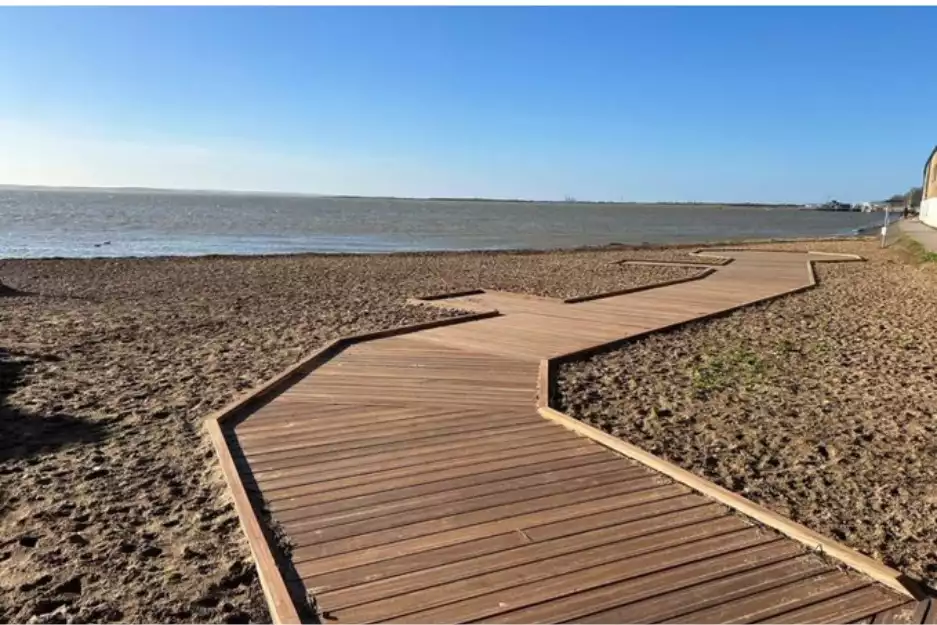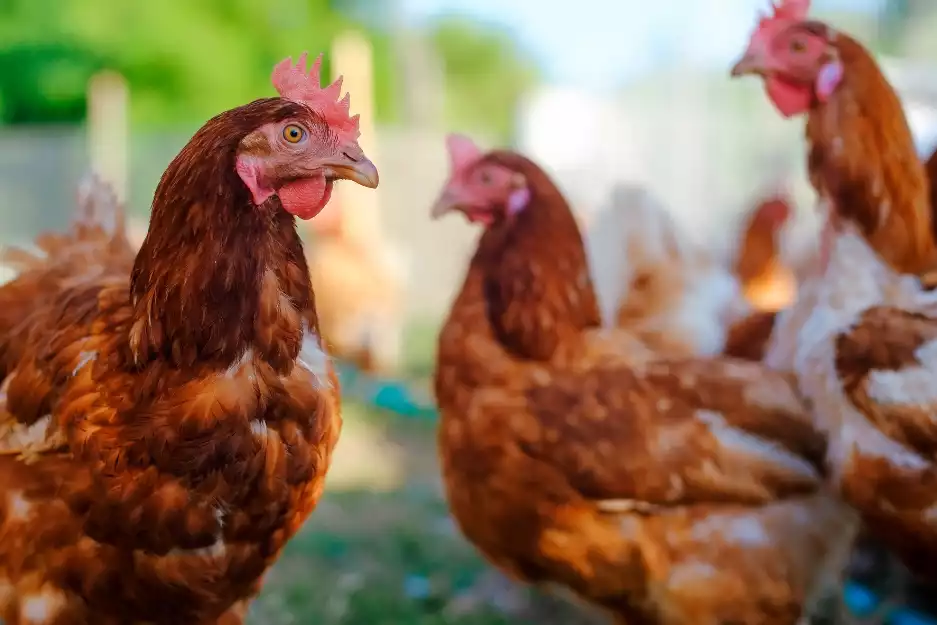-
AllAnytime Fitness Gym Art Beer Of The Week Blog Bus Fares Bus Service Business Business Expo C2C Care Care Home Charity Children Christmas Cinema City Status Cliffs Pavilion Cliffs Pavilion Review Cocktail Recipes College Community Competition Construction Coronation Coronavirus Dannielle Emery Design Easter Education Electoral changes Leigh on sea Emma Smith Employment Emsella Chair Environment Essex & Suffolk Water News Essex Police Essex Wildlife Trust News Events Family Fun Fashion Festival Film Finance Fitness Food Food & Drink Football Foulness Bike Ride Fresh Face Pillow Company Gardening General Election Hair & Beauty Halloween Harp Havens Havens Hospice Havens Hospices Havens Hospices Health & Fitness Health & Beauty Health & Fitness Healthwatch Southend Historicaleigh History Holidays Housing Indian Indirock Jubilee Karen Harvey Conran Kids Kids Blogs Kids Competitions Kids Reviews Lazydays Festival Legal Legal Eagle Leigh Art Trail Leigh Folk Festival Leigh Library Leigh On Sea Finds Leigh Road Leigh Town Council Leigh Town Council Press Release Leigh on Sea Leigh on Sea Sounds Leigh on sea Folk Festival Leigh on sea Marathon Leigh on sea Town Council Leigh on sea man breaks marathon record Leigh on sea news Lifestyle Livewell Southend Press Release LoS Shop London London Southend Airport Los Shop Marathon Melinda Giles Mortgage Angel blog Mortgages Motherofalloutings Mughal Dynasty Music My Mortgage Angel MyLoS NHS News News Newsletter Offers Outfit Of The Week Palace Theatre Parenting Parking Pets Picture Of The Week Pier Politics Press Release Press Release Southend City Council Professional Property Property Of The Week RSPCA Ray Morgan Re:loved Recipes Recycling Restaurant Restaurant Review Restaurants Review Roads Rotary Club Royal Hotel Royal Visit SAVS Schools Seafront Shopping Shows & Music Review Shows & Music Shows & Music Review Southend Southend Airport Southend Borough Council Press Release Southend City Bid News Southend City Council Southend City Council Press Release Southend City Council Press Release Southend Community Safety Southend Hospital News Southend In Sight Southend In Sight Southend In Sight Press Release Southend on Sea Sport The Mortgage Mum The One Love Project The Ship Hotel Theatre Theatre Blog Theatre Review Theatre review Transport Travel Travel Veolia Village Green Volunteer Weddings Whats On c2c
Council combats negative effects of climate change

Southend-on-Sea City Council has been working on some exciting strategies and projects over the past year to help combat the negative effects of climate change.
With cold alerts and snow covering many parts of the east of England, it may seem like the wrong time to be discussing the effects of heat stress on our city, but work is ongoing all year round to ensure the city is prepared when summer and extreme heat eventually return.
Evidence shows that one of the obvious impacts of climate change is hotter summers along with more frequent droughts and heat waves. This was evident when Southend experienced one of its hottest and driest summers ever this year with temperatures reaching a staggering 40C (104F).
These unprecedented temperatures had a negative impact on public health, productivity, wellbeing, air and water quality and other urban systems. All of this is collectively known as ‘heat stress’.
Cllr Carole Mulroney, cabinet member for environment culture and tourism, said: “It may seem like the wrong time to be discussing the dangers of heat stress, but this is such an important issue and work is ongoing all year round.
“We have produced a heat stress strategy which fed into the Southend Local Plan to ensure our city planners can reduce heat stress risk and ensure our city is climate resilient and adaptable to prepare and recover from future shocks such as heat waves or flooding. As climate change increases the frequency, severity, and duration of heat events, it’s essential that our city planners begin adapting infrastructure now.”
Several successful projects have also been completed over the past year to support the aim of enhancing the city centre, reduce the risk of flooding and mitigate against the effects of heat stress thanks to a European co-funded project called Cool Towns.
Through the Cool Towns project, the council installed the first ever green wall at Earls Hall Primary School, to help the school raise awareness about climate change to their pupils. This further inspired the school to implement a green roof on their Forest Friends outdoor base.
Cool Towns also saw the successful installation of two greening projects in the city centre at York Road and London Road which saw the installation of a total of nine trees with sustainable drainage capabilities.
Successful delivery of the two pilot sites on the High Street during the project period would help the city centre to reduce the risk of flooding and mitigate against the effects of heat stress through evapotranspiration – measurably cooling the air.
The results of the Cool Towns project were celebrated at a conference in October in Ostend, Belgium, where over 100 participants attended including partners from the UK.
Jo Gay, head of climate change for Southend-on-Sea City Council, said: “I am delighted with the success of the Cool Towns projects, and we hope to work with other schools as it’s a fantastic way of engaging with children and getting them interested in the environment and how to help protect it. We look forward to more projects like this in the future, not just in schools but with other organisations too, and we are happy to work with others to further our aim of making Southend a Green City.
“We know that prioritising the climate change programme across carbon mitigation and climate adaptation engagement benefits our city socially, economically as well as environmentally. A true win-win for all who live in, work in and visit Southend-on-Sea.”
To find out more about what the council is doing and hear first-hand the latest climate news, projects and schemes across the city, and to sign up to the council’s new green e-newsletter, visit: www.southendclimateaction.co.uk.
ADD A COMMENT
Note: If comment section is not showing please log in to Facebook in another browser tab and refresh.
























